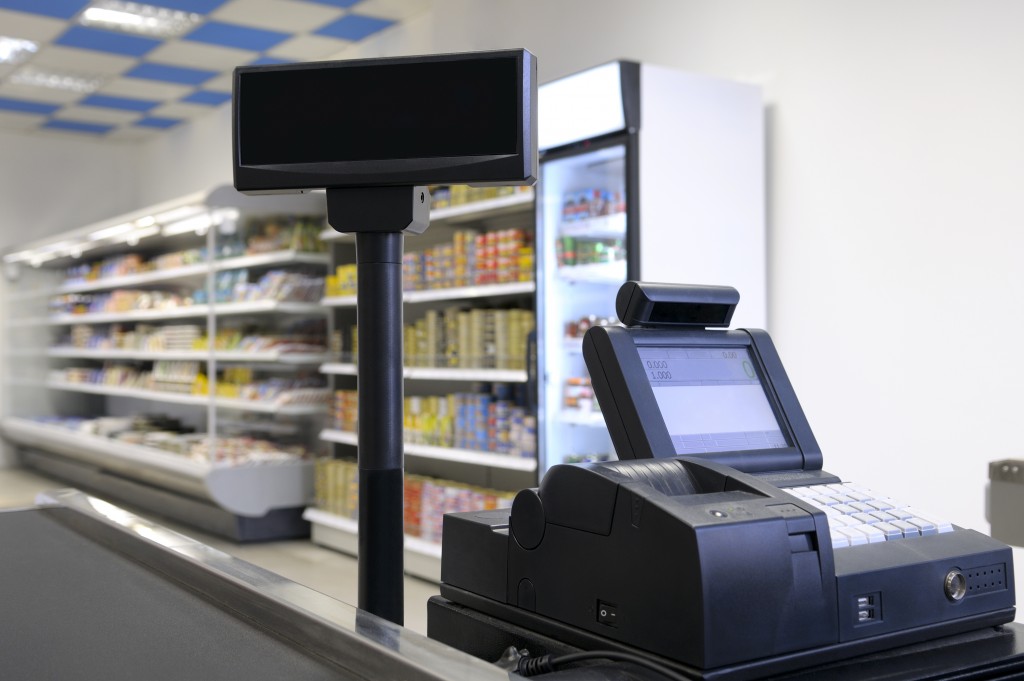Today’s consumers are more environmentally aware and socially conscious than ever before. As a result, sustainable and ethical businesses are becoming more prevalent. In fact, almost 80 percent of the top 100 global companies have reported on sustainability in the last two years.
However, running a sustainable business is not without its challenges. You need systems and processes that will allow you to continue operating even when times are tough. So, how can you ensure that your sustainable business can weather any storm? Here are some best practices for running a sustainable business:
Have a Solid Financial Plan
The first step to running a sustainable business is to have a solid financial plan. That means knowing how much money you have coming in and going out while having a cushion set aside for unexpected expenses.
It’s also essential to keep your costs low so that you’re not risking financial ruin if sales start to decline. One way to do this is to ensure you’re not overspending on unnecessary things like office space, inventory, or advertising. Another way to cut costs is to invest in automation technologies that can help you streamline your operations.
Understanding your financial situation and having a plan in place will help you get through any bumps in the road and keep your sustainable business running strong. As a result, you’ll be able to continue your important work of making the world a better place.
Invest in Regular Inspection
Especially for businesses operating on a large scale, regular inspection is key to maintaining your sustainability practices. By frequently assessing your business’s operations, you can identify areas that need improvement and make changes accordingly. Not only will this help you avoid costly mistakes or accidents, but it will also show your stakeholders that you’re serious about running a sustainable business.
Suppose you’re using solar panels to power your business. In that case, you’ll want to have them inspected regularly to ensure they’re still in good working condition and generating enough electricity. Especially if you have a solar farm, working with an expert solar farm drone inspection service can accomplish this task quickly and efficiently.
This way, you can rest assured that your sustainable business runs as smoothly and efficiently as possible. Thus, helping you achieve your long-term goals.
Communicate With Your Customers
Customers today want to buy from companies that align with their values. So, it’s essential to communicate with your customers and let them know about the sustainable practices you have in place.
Be sure to highlight any environmental or social initiatives you’re supporting. You can also talk about the sustainable materials you’re using, how you’re reducing your carbon footprint, or any other steps you’re taking to operate more sustainably.
Additionally, don’t forget to let your customers know what they can do to help support your sustainability efforts. For example, if you sell eco-friendly products, you can encourage them to recycle or compost the packaging. Or, if you’re a sustainable fashion brand, you can tell them the importance of buying secondhand clothes.
By communicating with your customers and engaging them in your sustainability efforts, you can create a loyal customer base that will stick with you for the long run.
Stay Up-to-Date on Industry Changes
The business landscape is constantly changing, and staying up-to-date on industry changes is crucial if you want to run a sustainable business.
New environmental regulations could come into effect that will impact the way you operate. Or, there might be advances in technology that you can use to streamline your operations and reduce your environmental impact.
Whatever the case, it’s essential to stay informed to adjust your business practices accordingly. With this strategy, you can ensure your sustainable business is always ahead of the curve and ready to take on whatever challenges come your way.

Be Prepared for the Unexpected
No matter how well you plan, there will always be surprises along the way. That’s why it’s so important to have systems and processes in place that can help you weather any storm.
For example, if you’re relying heavily on one revenue stream, what would happen if that stream dried up? Having multiple revenue streams will help mitigate this risk. It’s also essential to have an emergency fund set aside for unexpected expenses. It’s better to be safe than sorry when running a sustainable business.
By being prepared for the unexpected, you’ll be able to keep your business afloat no matter what challenges come your way. In doing so, you’ll be one step closer to achieving your long-term sustainability goals.
The bottom line is that running a sustainable business is not easy. But, by following these best practices, you can set your business up for success. So, don’t wait any longer — start implementing these tips today and take your sustainable business to the next level.

